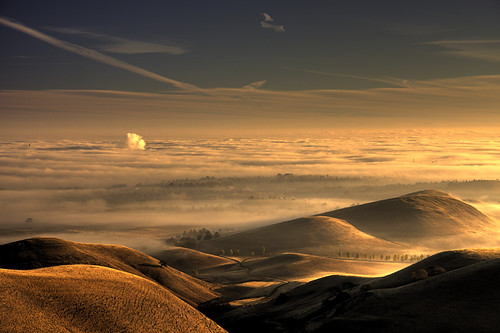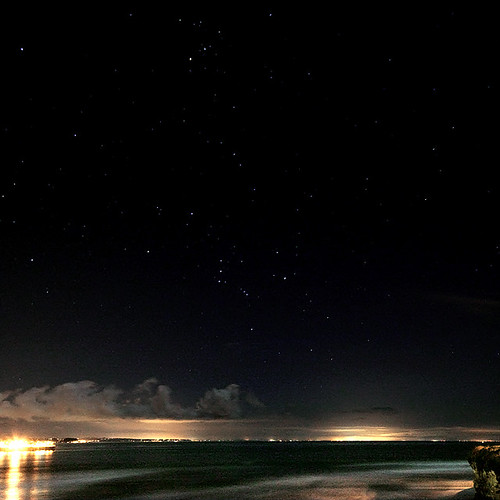
Figure 2.6: Amount of space required to transport the same number of passengers by car, bus or bicycle. Click here for larger image.
www.ritikdholakia.com

 The photography of Sze Tsung Leong is really a phenomenon document of the majesty and tragedy of our world. I wrote about it on the other blog, but feel the need to cross post. I highly recommend checking out the collection Horizons online, and recommend even more strongly seeing it in person, if you get the opportunity.
The photography of Sze Tsung Leong is really a phenomenon document of the majesty and tragedy of our world. I wrote about it on the other blog, but feel the need to cross post. I highly recommend checking out the collection Horizons online, and recommend even more strongly seeing it in person, if you get the opportunity. About 11 months ago, I joined Method, a brand experience firm with a strong focus on design and technology that has built an excellent reputation over the last 10 years of delivering sometimes beautiful, sometimes innovative print, web, and other interactive projects for a wide-ranging client base. As I mentioned a few posts back, Method has launched our new website:
About 11 months ago, I joined Method, a brand experience firm with a strong focus on design and technology that has built an excellent reputation over the last 10 years of delivering sometimes beautiful, sometimes innovative print, web, and other interactive projects for a wide-ranging client base. As I mentioned a few posts back, Method has launched our new website:


San Narciso lay further south, near L.A. Like many named places in California it was less an identifiable city than a grouping of concepts: census tracts, special purpose bond-issue districts, shopping nuclei, all overlaid with access roads to its own freeway. But it had been Pierce's domicile, and headquarters: the place he'd begun his land speculating in ten years ago, and so put down the plinth course of capital on which everything afterward had been built, however rickety or grotesque, toward the sky; and that, she supposed, would set the spot apart, give it an aura. But if there was any vital difference between it and the rest of Southern California, it was invisible on first glance. She drove into San Narciso on a Sunday, in a rented Impala. Nothing was happening. She looked down a slope, needing to squint for the sunlight, onto a vast sprawl of houses which had grown up all together, like a well-tended crop, from the dull brown earth; and she thought of the time she'd opened a transistor radio to replace a battery and seen her first printed circuit. The ordered swirl of houses and streets, from this high angle, sprang at her now with the same unexpected, astonishing clarity as the circuit card had. Though she knew even less about radios than about Southern Californians, there were to both outward patterns a hieroglyphic sense of concealed meaning, of an intent to communicate. There'd seemed no limit to what the printed circuit could have told her (if she had tried to find out); so in her first minute of San Narciso, a revelation also trembled just past the threshold of her understanding. Smog hung all round the horizon, the sun on the bright beige countryside was painful; she and the Chevy seemed parked at the centre of an odd, religious instant. As if, on some other frequency, or out of the eye of some whirlwind rotating too slow for her heated skin even to feel the centrifugal coolness of, words were being spoken. She suspected that much.

